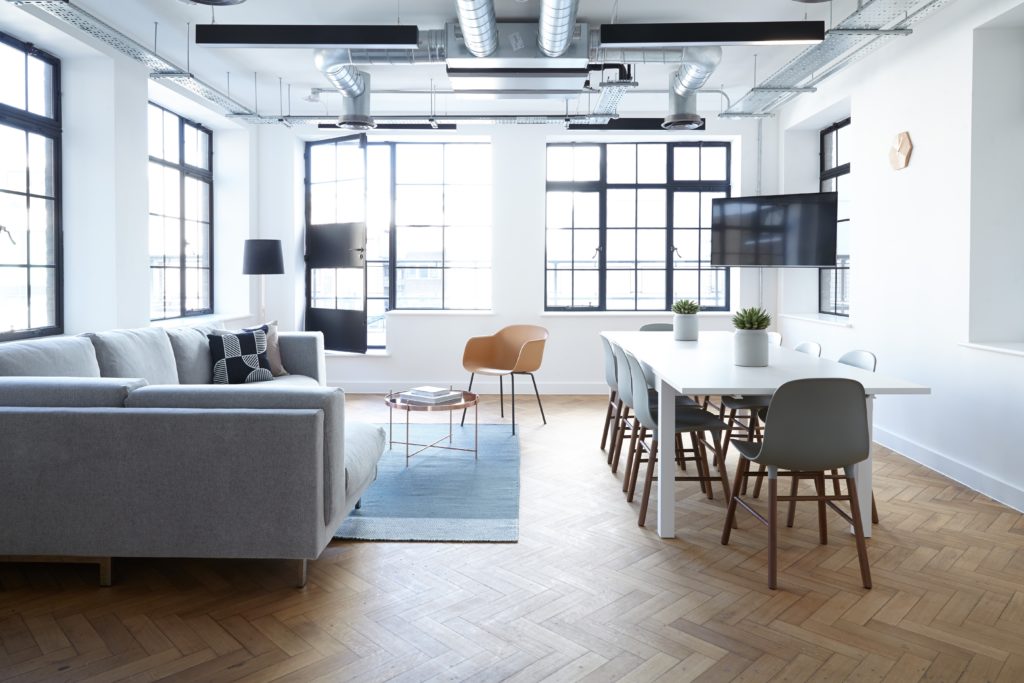-
United Kingdom
- Sign in
Updated: 19 October 2021
Mindfulness may well be a wellbeing buzzword when it comes to office design, but it’s a really important concept that can have positive effects for the workplace. With increased digital connectivity comes increased interruptions, distractions, stress, and health problems, all of which break up the work day and reduce productivity. A mindful office design could therefore help your business reduce negative energy and create a workplace which is conducive to high-quality work.
According to a recent survey, 58% of high-performance employees claim that they need more quiet work spaces in their offices, while 54% say their workplace is too distracting. So how can you combat this?
An interesting technique called sound masking is one way of tackling the conditions of the modern office. Recent findings have shown that masking the sounds of the office with white noise can have a positive effect on work performance, and help reduce stress which employees deal with throughout the day.
But there’s much more that can be done to reduce sound in a busy office. Playing natural sounds like running water can block out the noise of conversations or disruptive hustle-and-bustle, while sound insulation is a great way of absorbing excessive sound within the workplace.
Visual distractions are common in many offices around the world. Partitions can work really well in open plan offices – they help to block sound and create a private space for employees within the open plan office design. Creating a calming workspace by using colour and texture or views and lighting can also help to make your workforce happy and motivated to tackle the day’s work.

Informal social areas can help create a sense of belonging within the office.
What personality types are in your team? It’s important to think about different temperament types and how your office design can help them. High-performance workers may need a dedicated quiet room or private space in which to work, while many workers could benefit from spaces which help them connect with their colleagues on a one-on-one basis. Providing employees with a range of different spaces to choose from – so they can choose to work either alone or with others – is a great way to empower them.
There are a number of things you can do for your employees’ sensory experience of the office to increase mindfulness. Filling your office with plants not only makes it smell more pleasant but actually improves air quality and oxygen levels, and adding natural surfaces and furniture to the office space can also help to increase stimulation. Allowing employees to control the temperature and air flow in the office, either through increased ventilation options or thermal control, can help your employees feel in control of their environment, keeping them satisfied and ready to work.
Beatriz Arantes suggests that creating spaces which encourage employees to feel that they belong is a great way of creating a mindful office. In the modern and mobile economy, employees can feel disconnected from their employer and, consequently, from the office in which they work. Welcoming entrances, informal social areas, and quality video-conferencing amenities (for remote workers) can help to create a sense of belonging within the office.
Some of the biggest employers in the world are offering mindfulness courses and retreats, proving how popular the concept of a mindful office design is. Taking office design ideas and applying them to your workplace could help you to create a space that really caters to the needs of employees, improving your office culture and the productivity of your workers in the process.

5779 REVIEWS